Everything You Need to Know About Social Health in Senior Living
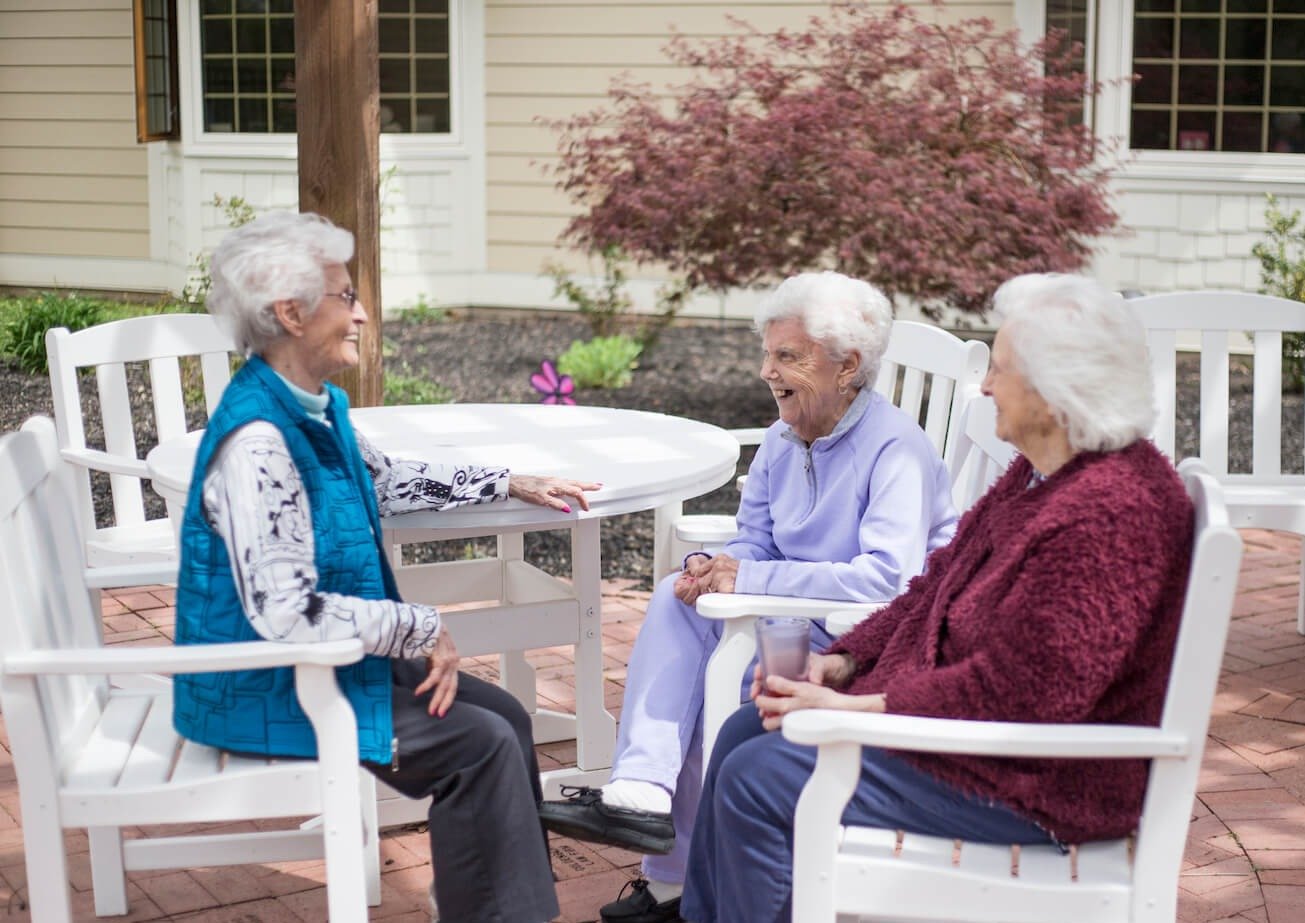
Download this guide, share with family, or keep scrolling to read.
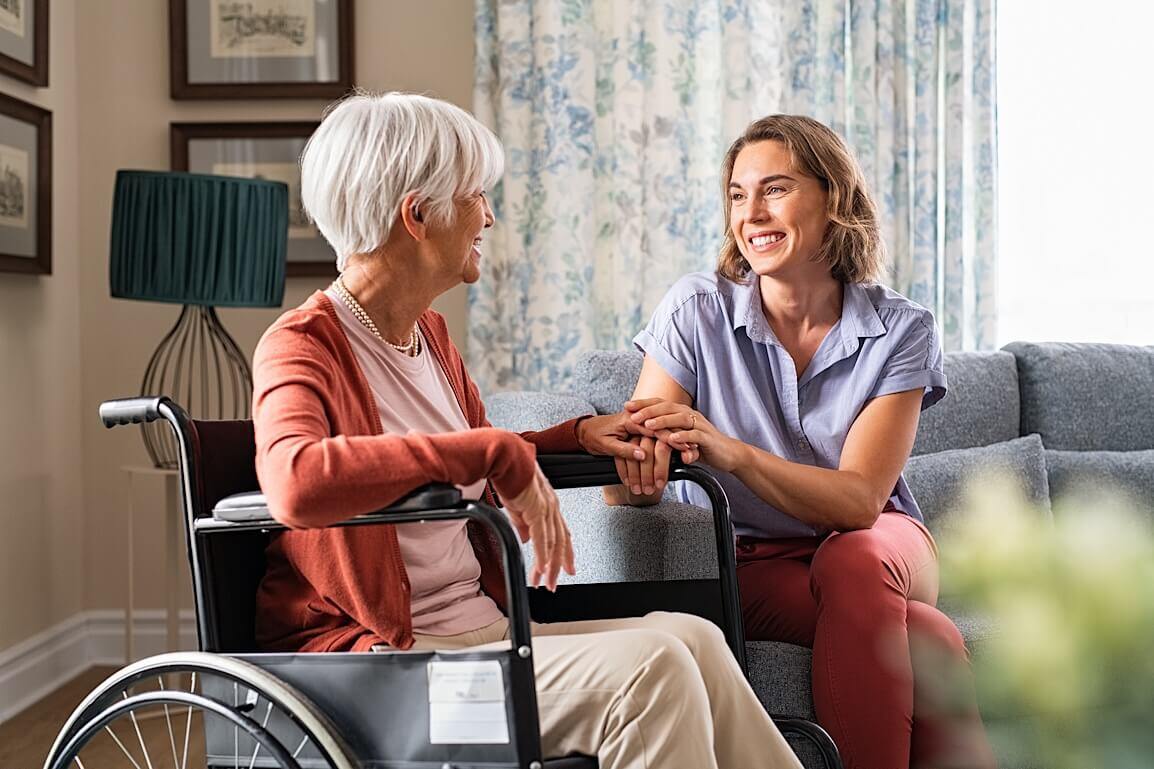
Everything You Need to Know About Social Health in Senior Living
Download a PDF version of this guide by filling out this form.
Share this resource
Copy the link to share with friends and family via text, or use the button to send it by email.
Table of Contents
Introduction The Impact of Senior Isolation and Senior Loneliness The Benefits of Socialization in Senior Living Communities A Day in the Life of a Modern Senior How Seniors Can Stay Connected with Friends and Family Is Your Family Member Isolated or Lonely? Finding Social Connection at Cedarhurst Senior Living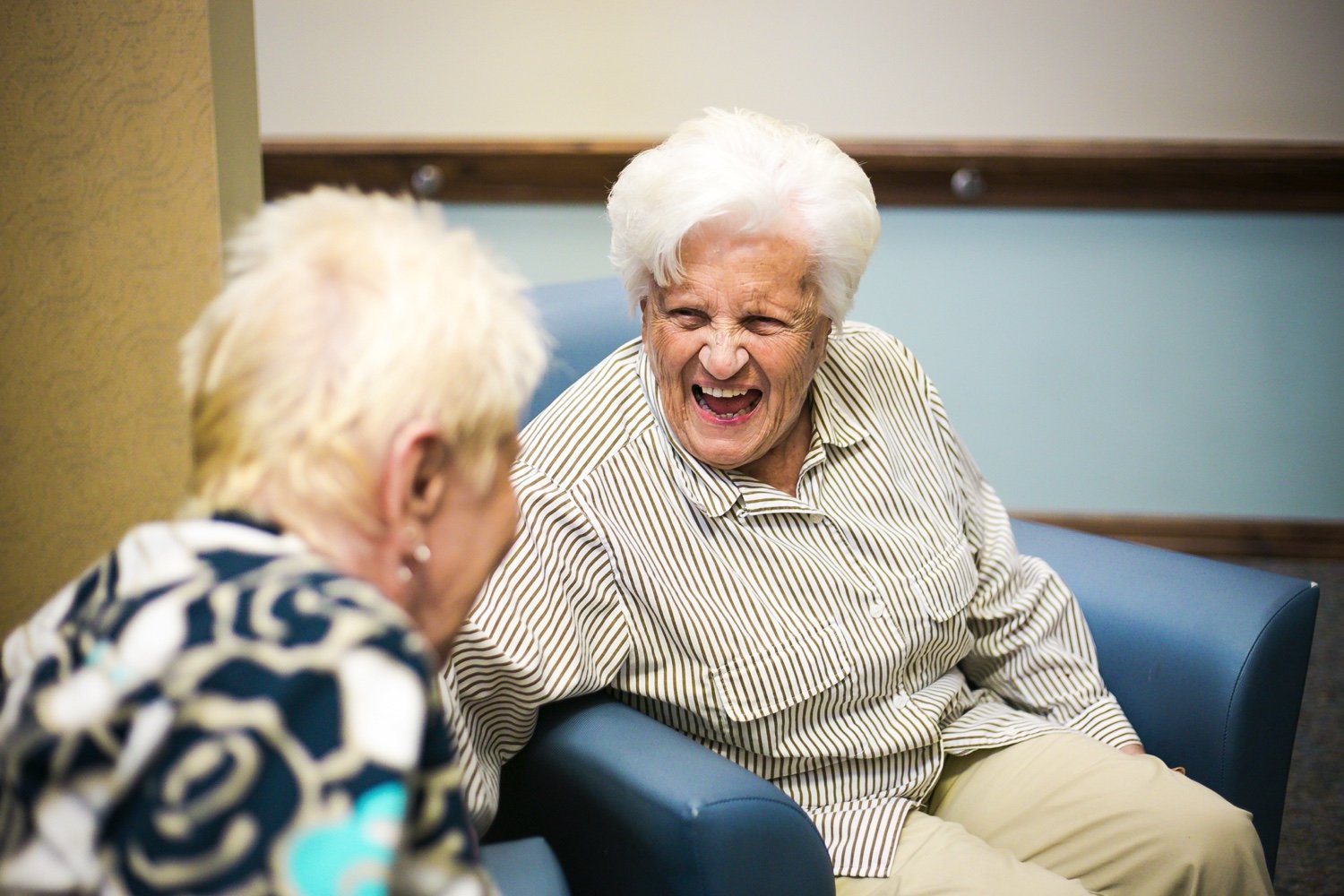
1. Introduction
The last few years have caused most of us to think a lot more about social isolation and its consequences. Social isolation and loneliness impact people of all ages, but when it comes to seniors, the fallout can cause physical and mental health challenges that are difficult to overcome.
However, people in senior living communities have opportunities for social interaction every day, making it easier to make and keep crucial connections with friends and family.
We’re taking a look at the impact of senior isolation and loneliness and the benefits of senior socialization. We’ll also cover how senior living communities help mitigate the negative impacts of social isolation and foster a socially inclusive environment that benefits all residents. Then, we wrap it up with some questions you can ask yourself to gauge if you or your family member is suffering from isolation or loneliness.
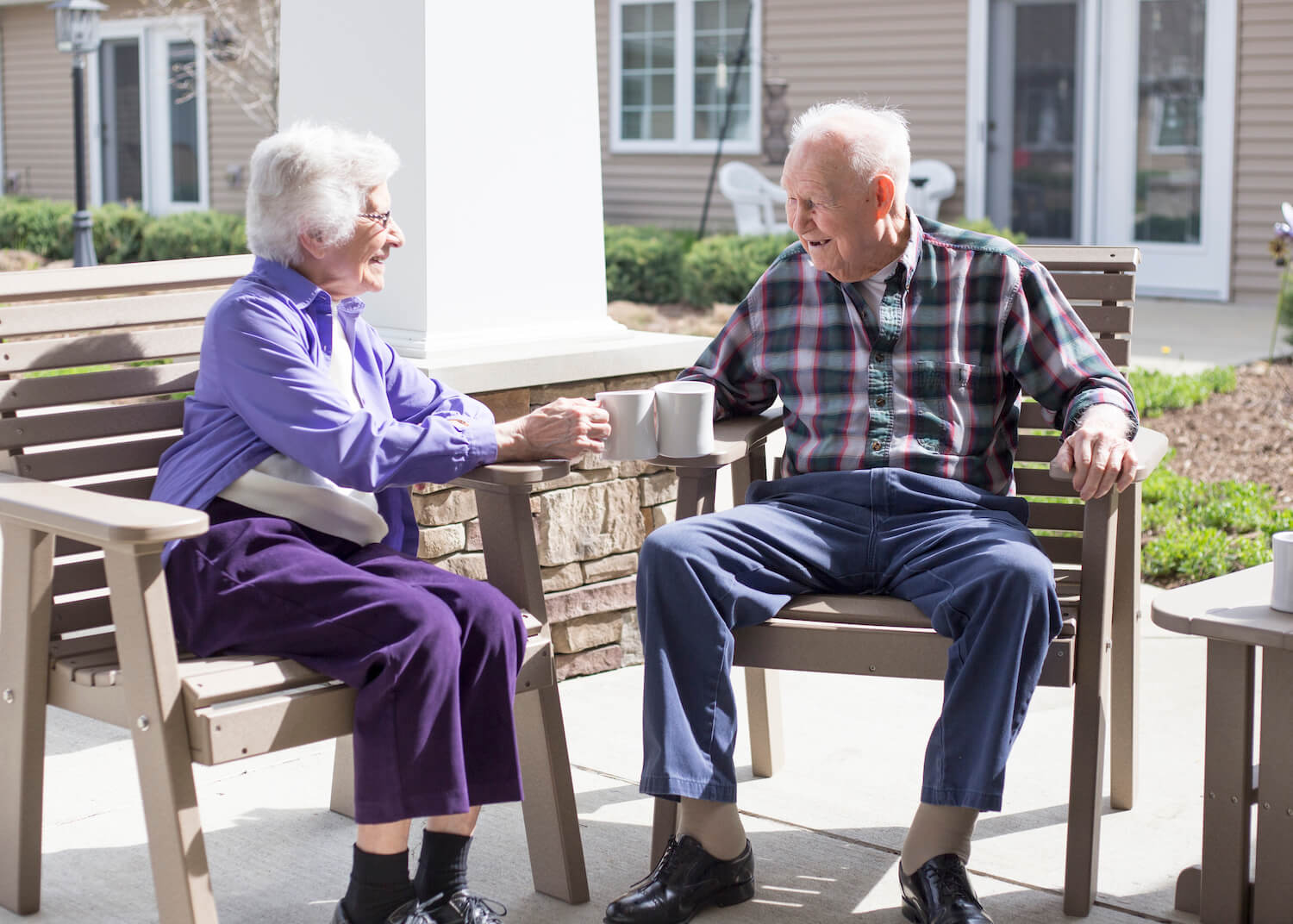
2. The Impact of Senior Isolation and Senior Loneliness
Although being alone doesn’t necessarily make one lonely, for many, loneliness is the perception of being cut off from social interactions. When a senior is feeling lonely because they feel cut off from human interaction, the impact goes far beyond just being sad and bored. Loneliness can pose actual physical health risks.
Isolation Can Lead to Increased Risk of Physical Health Challenges
Isolation for seniors can happen so slowly it’s easy to overlook. As we go into our senior years, our social circles start to shrink for a few reasons.
Retirement means no daily work connections. Children grow up, start families of their own, and sometimes move away. Friends and family members start passing away. What were once effortless connections become visits that are few and far between. Additionally, if a senior has challenges with mobility or doesn’t feel comfortable driving anymore, the simple act of going places can be too much of a chore.
All of this can lead to feelings of loneliness because of social isolation. We now know that this can cause both mental and physical issues, including rapid cognitive decline, heart disease, increased risk of stroke, and depression or anxiety.
According to the U.S. Centers for Disease Control and Prevention (CDC), social isolation can lead to an increased risk of premature death from all causes—even more of a risk than smoking and obesity. It also increases the risk of:
- Dementia by 50 percent
- Heart disease by 29 percent
- Stroke by 30 percent
- Hospitalization by 68 percent
- Emergency room visits by 57 percent
Additionally—and tragically—the CDC reports that social isolation leads to an increase in the likelihood of suicide.
Although these are startling numbers, they’re also not a foregone conclusion. For many folks, senior living communities are the ideal solution to the social isolation problem.
Explore Related Resources
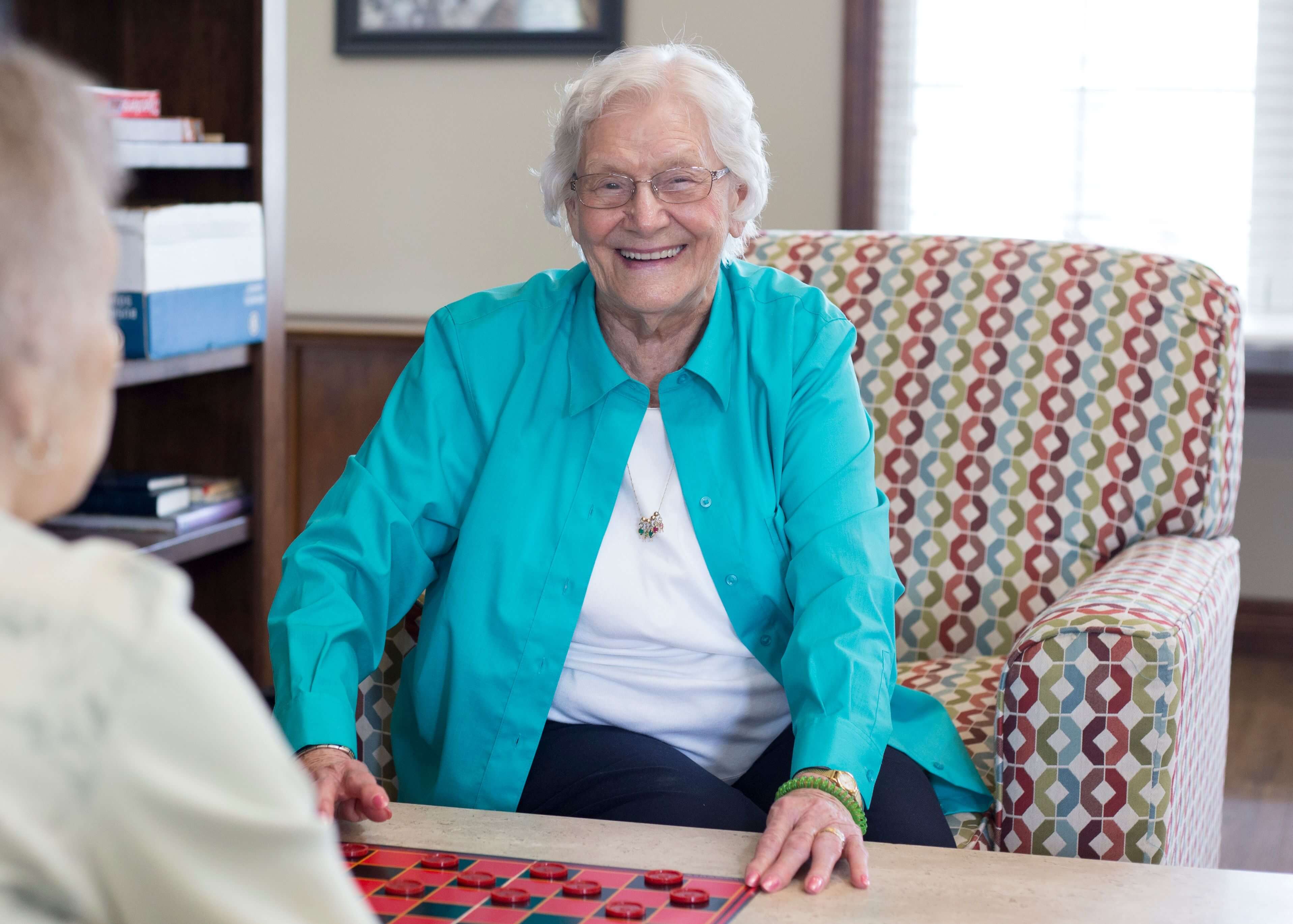
The Power of Connection for Senior Health
Learn how friendships and meaningful peer relationships can positively impact the life of your family member.
Find Out Why Social Connections Matter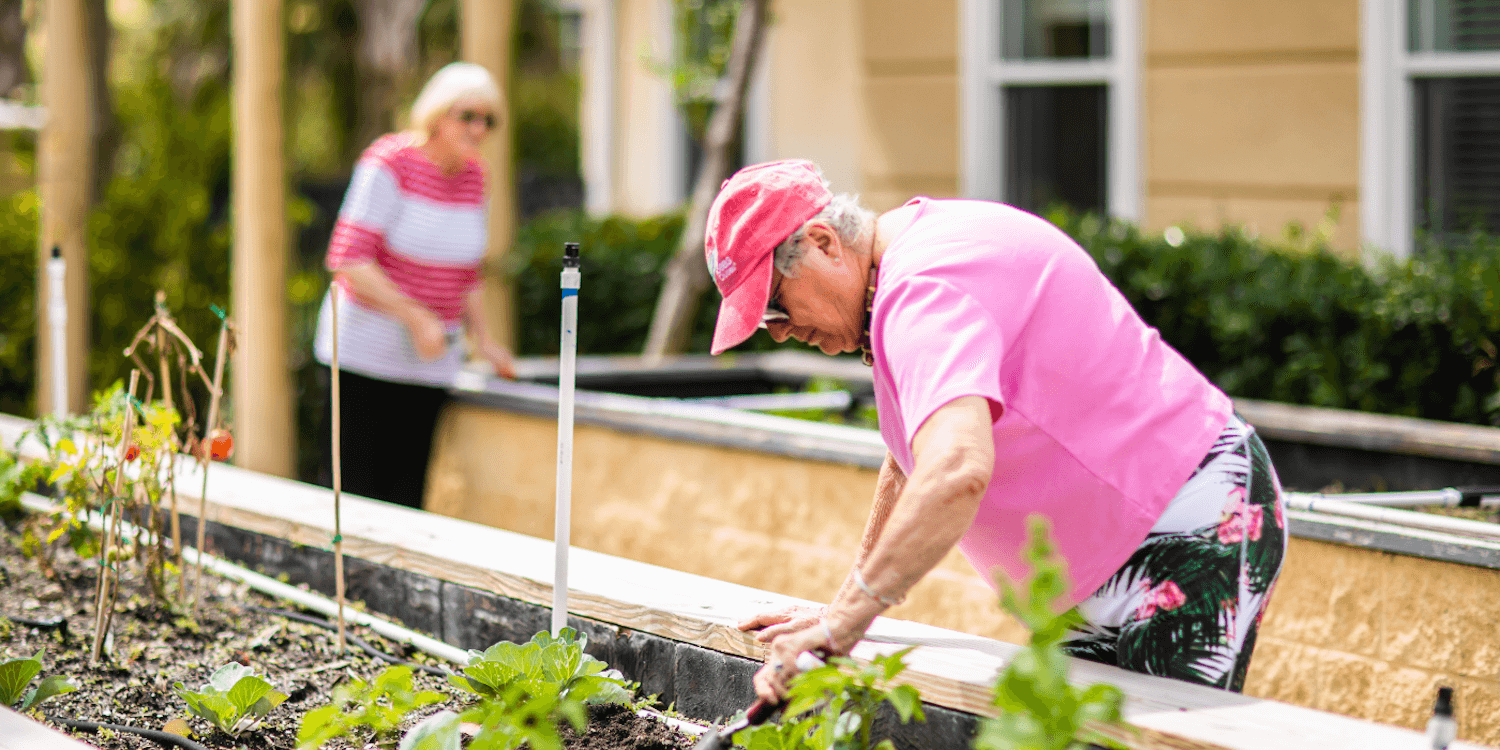
Is It Dementia or Normal Aging?
Get tips on when it may be time to consider memory care.
Learn the Signs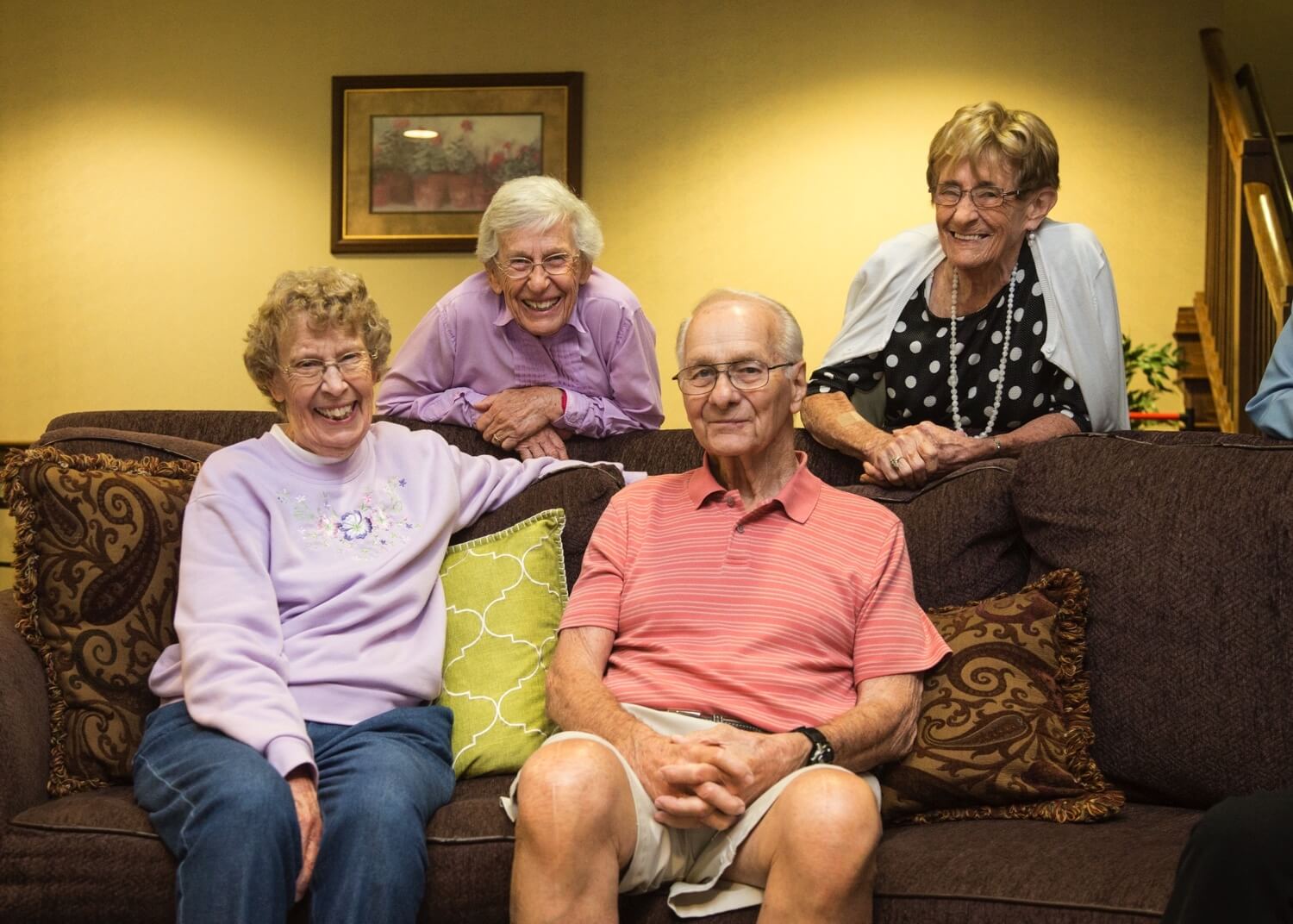
3. The Benefits of Socialization in Senior Living Communities
It’s true that someone can live their senior years alone in their house and be perfectly happy, but for many, that lifestyle can cause loneliness. That’s why today’s senior living communities are specifically designed to increase socialization and can help to fend off those startling statistics about senior social isolation.
Putting the “Community” in Senior Living
It starts and ends with “community.” Being part of a community is crucial for senior well-being, offering seemingly unlimited opportunities to connect with people, including peers, friends, family members, and community staff. The right senior living community will have nearly endless gathering spots and tons of amenities and activities.
Meals Bring Us Together
Then there’s the food. Meals in senior living are more than just sustenance and nutrition. They’re also daily social gatherings that bring people together. Every day, at least three times a day, folks in senior living communities get together and break bread, talking about their days, their families, and what’s going on in their community.
The same way a family bonds over sit-down dinners every night, seniors create—and celebrate—bonds every time they sit down for a meal. But unlike a family dinner table where one dish is served to everyone, in senior living communities, meals should be carefully crafted for each resident. They should not only be made while considering crucial nutritional factors but also while focusing on flavor and the enjoyment factor.
When it comes to Cedarhurst communities, Crafted by Cedarhurst® goes beyond making each meal delicious and decadent. Our holistic approach to nutrition also means ensuring each meal features choices that are:
- Heart-healthy for those especially concerned about cardiac health
- Brain boosting for preserving and strengthening cognitive functions
- Gluten-free to satisfy those with gluten intolerance
- Diabetic by using sugar substitutes to protect residents who have diabetes
- Low-sodium for those who need to limit salt intake
Some senior living communities offer specific, limited mealtimes, but Cedarhurst communities have made meals much more flexible, offering dining from 7 a.m. to 7 p.m., so seniors can work their meals around their schedules.
Tailored Senior Living for Every Resident
Although there are some perceptions that senior living communities have a one-approach-fits-all mentality, that’s not the case for today’s top senior living communities.
With Cedarhurt’s Living TRUE℠ philosophy, seniors receive a tailored experience where their wants, needs, and preferences are all considered. Community staff gets to know each resident to ensure they always feel engaged, valued, and supported.
This type of attention and care means that seniors can live life exactly how they want. When they’re feeling social, they have ample opportunities for being social. And if a senior is feeling left out because of a physical or mental limitation, staff will be there to neutralize limitations and amplify strengths, raising their morale.
Enriching activities and social outings are a must and should go beyond just playing bingo or exercising—not that there’s anything wrong with bingo or exercising! Today’s seniors have a wide range of interests, so their senior living communities should offer cultural outings, learning experiences, and lots of other activities that bring residents together.
A variety of stimulating activities can also bring like-minded friends together. In one case, at a Cedarhurst community, one resident’s passion for raising butterflies brings joy to everyone.
Most people aren’t imagining, “My parent is going to learn to become a butterfly expert in senior living” or “My family member is going to learn how to make wine in their community.” But that just shows you how very different and fascinating modern senior living communities can be.
Curiosity never ends, and learning helps keep us young.
Don’t Forget Fido: The Importance of Pets in Senior Living
Pets are family, period. If you have pets, you get it. Plus, pet ownership is shown to help with cognitive and physical functions. That’s why no senior should ever have to leave a beloved pet behind when they choose a senior living community.
Cedarhurst Senior Living communities aren’t just pet-friendly. We also offer a pet-positive atmosphere. Residents have plenty of outdoor space to take care of their beloved pets, and there’s always someone nearby to look after them when the resident’s busy schedule takes them out of the community.
Pets help seniors stay healthy, so at Cedarhurst, we love pets!
Explore Related Resources
.png)
4 Reasons Why Socialization Is Critical for Positive Senior Aging
Environments that support and enhance senior socialization, such as senior living communities, are crucial to a positive aging experience.
Learn the Importance of Socialization.png)
How Communities Foster Senior Socialization in Assisted Living
See how senior socialization in assisted living is prioritized within communities and why it’s so important to encourage socialization in older adults.
Discover the Impact of Senior Socialization.png)
Why Senior Socialization Matters for Memory Care Residents
Creating an environment that supports and enhances social circles for residents in memory care is crucial to their overall wellness.
Learn How Cedarhurst Makes a Difference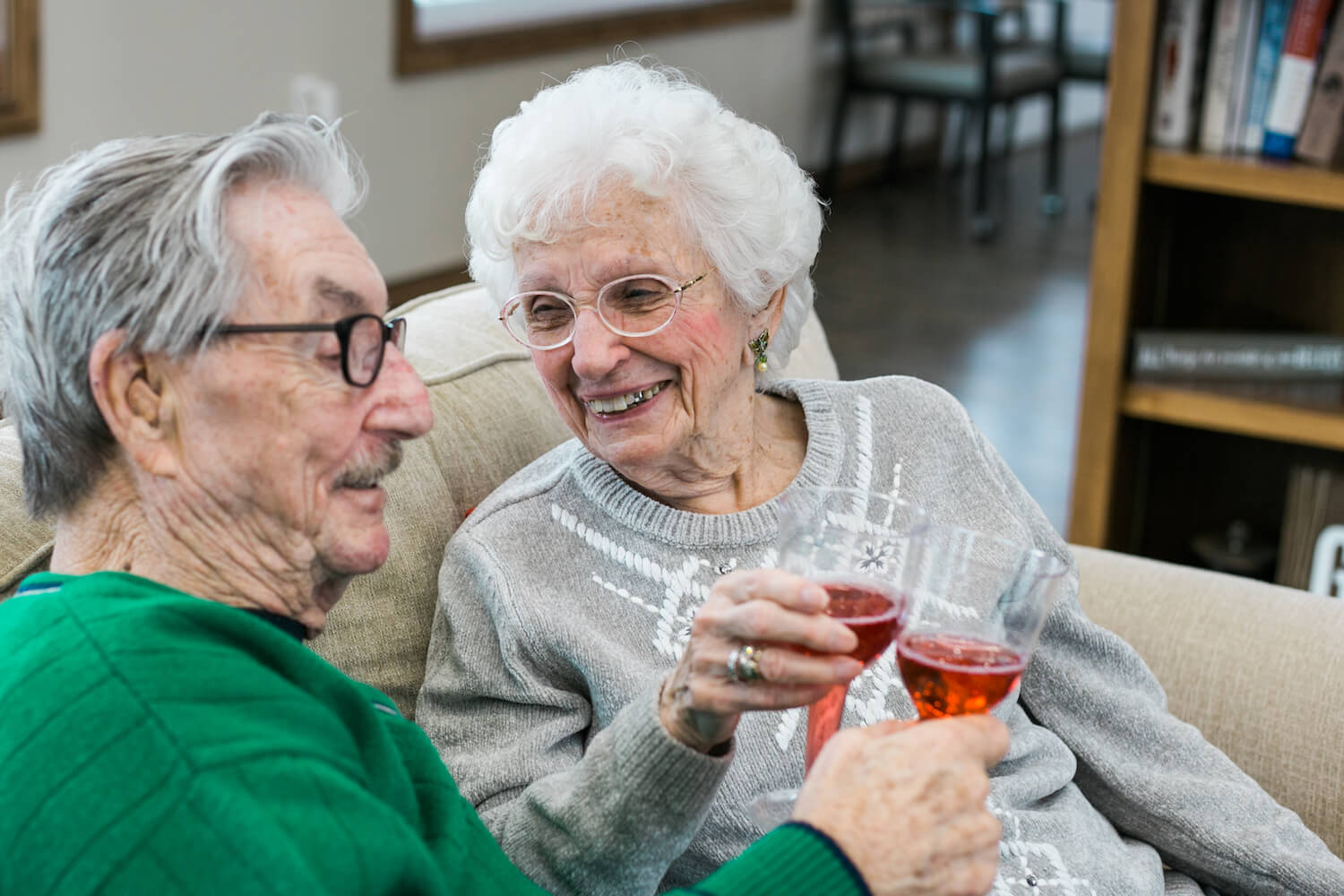
4. A Day in the Life of a Modern Senior
It’s not easy to decide to leave the family home and start a new adventure in a senior living community. However, once you compare a day in the life of a senior living alone and a day in the life of a person in a senior living community, the decision starts to look a lot easier.
Let's compare.
A Typical Day for a Senior Alone at Home
- Wake up and make your own coffee and breakfast.
- Confirm lunch plans with friends.
- Clean up after breakfast.
- Find something to wear from the clothes you just washed and dried the day before.
- Get in the car, which needs gas, and fight traffic to meet your friends for lunch.
- Inside, it’s crowded, there’s loud music, and you have a hard time even just chatting with your friends.
- You drive home, fighting traffic.
- Your grandchildren are coming over for dinner with your daughter and son-in-law, but even when they bring takeout, that still means lots of prep and cleaning.
- You love seeing your grandchildren, but you wish you didn’t have to load the dishwasher and put things away while they played. Your daughter helps, but it still seems to take so much time.
- By the time you sit down to read your book or watch your favorite show, it’s nearly bedtime.
A Typical Day for a Senior in a Cedarhurst Community
- Wake up and meet your friends for breakfast. This morning, you’re in the mood for waffles, but yesterday, you enjoyed an omelet. Variety is easy when someone else is doing the cooking!
- Because you’re all in the same community, dining is close and nobody has to fight traffic.
- You’re living in a community where you don’t have to worry about things such as lawn service, home repairs, or any home maintenance at all, so you don’t think about any of these hassles while you enjoy breakfast with friends.
- Then it’s time for your favorite part of the day: Jazzercise. You get your groove on, get your steps in, and have fun working up a sweat.
- Sure, this means a shower before lunch, but you wanted to change into a cute outfit anyway. Your granddaughter helped you pick it out, and every time you wear it, you think of her.
- You meet your friends for lunch without worrying about anything going on at home because that’s not how you roll anymore.
- After lunch, you want to relax a little, so you and your community pal spend some quiet time just lounging and enjoying a beautiful day.
- You’re excited about dinner because it’s your favorite: lasagna.
- Tomorrow, your daughter and grandchildren are visiting, and you can’t wait to just spend time with them in your apartment and enjoy showing them off to everyone at dinner. You’re proud of your family and love them dearly—and now you get to spend quality time with them instead of cleaning up after everyone.
Comparing the two scenarios is powerful. There are often many obstacles to effective socialization for seniors, which is why so many residents thrive once they move into a senior living community. They keep the loving relationships they had before they moved, and then they make even more connections, finding like-minded people, learning new things, and keeping their minds, bodies, and souls active.
Explore Related Resources
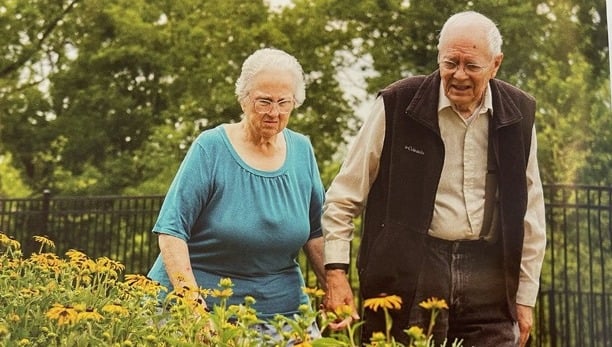
A Day in the Life: Assisted Living
Read this love story about assisted living residents who are bringing the beauty and whimsy of butterflies to their Cedarhurst community.
Read the Hart's Story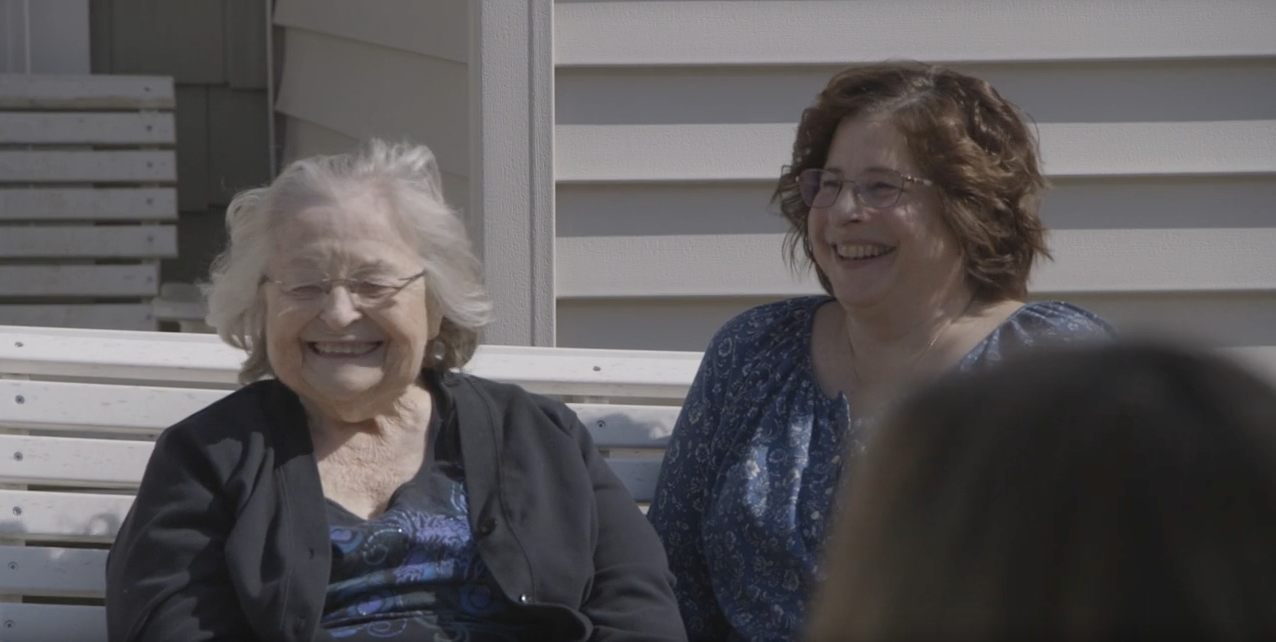
A Day in the Life: Memory Care
Explore an inspiring story about a daughter who wanted the best for her mom.
Read Shelly and Shelby Jean's Story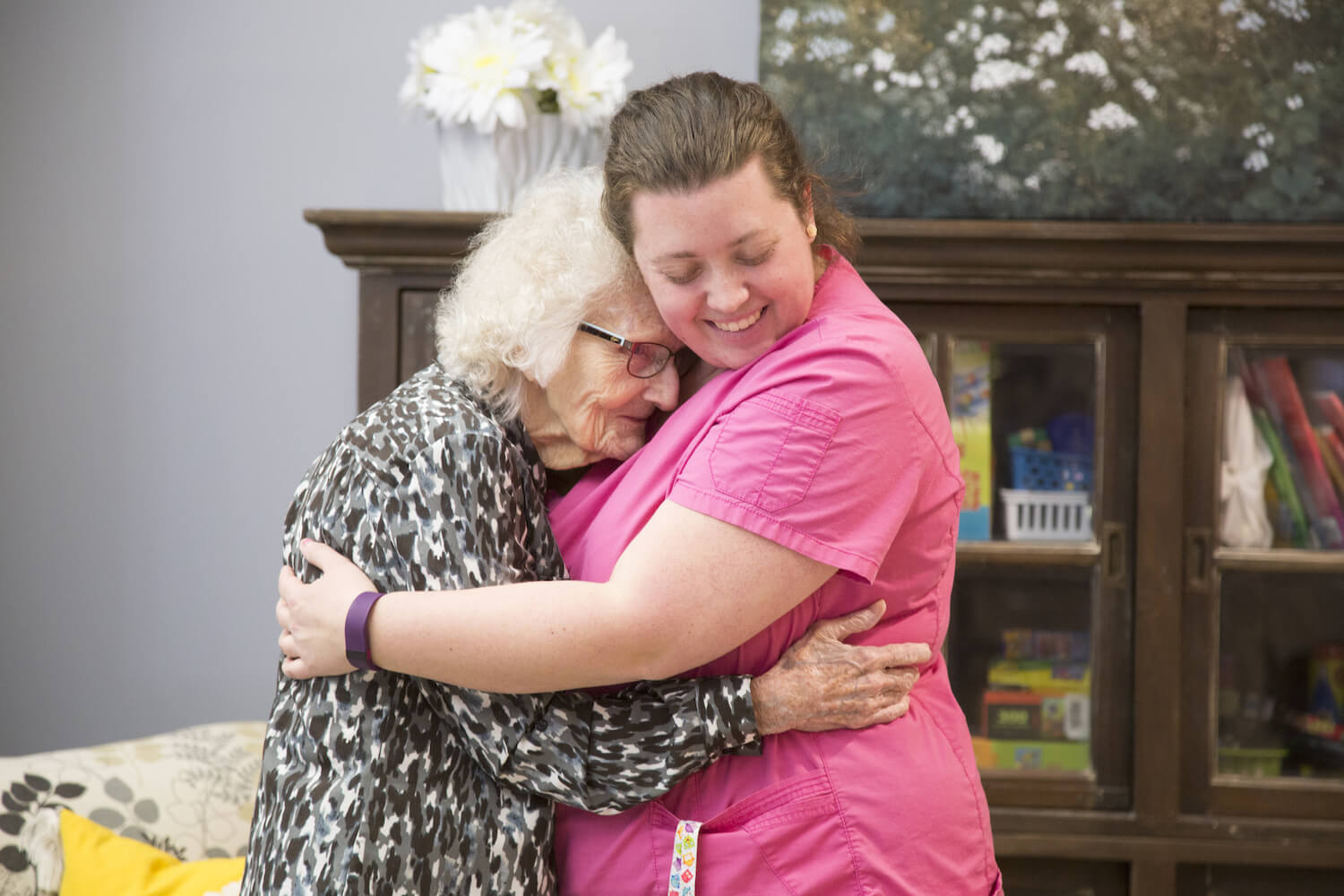
5. How Seniors Can Stay Connected with Friends and Family
Cedarhurst Senior Living communities make sure that each resident stays connected with family and friends, helping them schedule family visits, attend special occasions, use community entertaining spaces for private dining, and even welcome family and friends to just stop in for lunch. It all starts with our Pair to Prepare™ program.
Pair to Prepare™: Premier New Resident Support
With our Pair to Prepare™ program, a relative or friend can stay with a new resident for their first few days at Cedarhurst—at no additional expense. This powerful program helps residents ease into their new life with companionship and support to help alleviate any social anxiety when moving in.
- Before move-in: Before the big day, a Cedarhurst community relations director meets with the new resident and family—including their special chosen guest—to review every move-in detail.
- The big day: Our team makes sure every new resident feels comfortable in their new home. After getting help with their big move, each resident meets a resident ambassador. Then, our environmental services director visits to review technology, climate controls, and safety procedures. After a big welcome dinner with the executive director, it’s time for the first night at Cedarhurst!
- Days two and three: We put together a suite of fun and useful activities—welcome meals, guided tours, meetings with medical professionals and caretakers as necessary, and even a complimentary trip for two to the hair salon or barbershop.
- Beyond day three: Each resident can choose to have their special visitor stay with them for up to five days at no additional cost.
Explore Related Resources
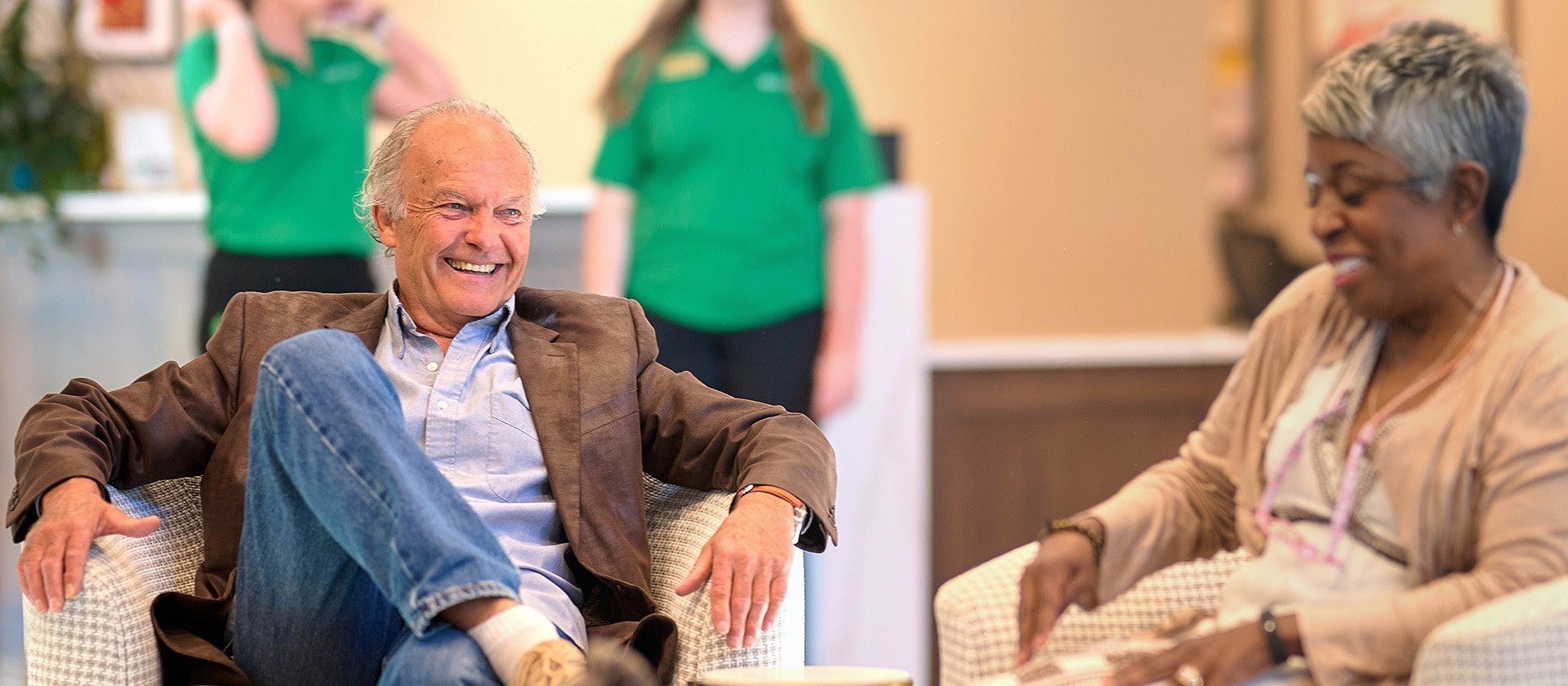
What Makes Cedarhurst Different From Other Senior Living Communities?
Discover what life is like for residents at Cedarhurst.
Explore Life at Cedarhurst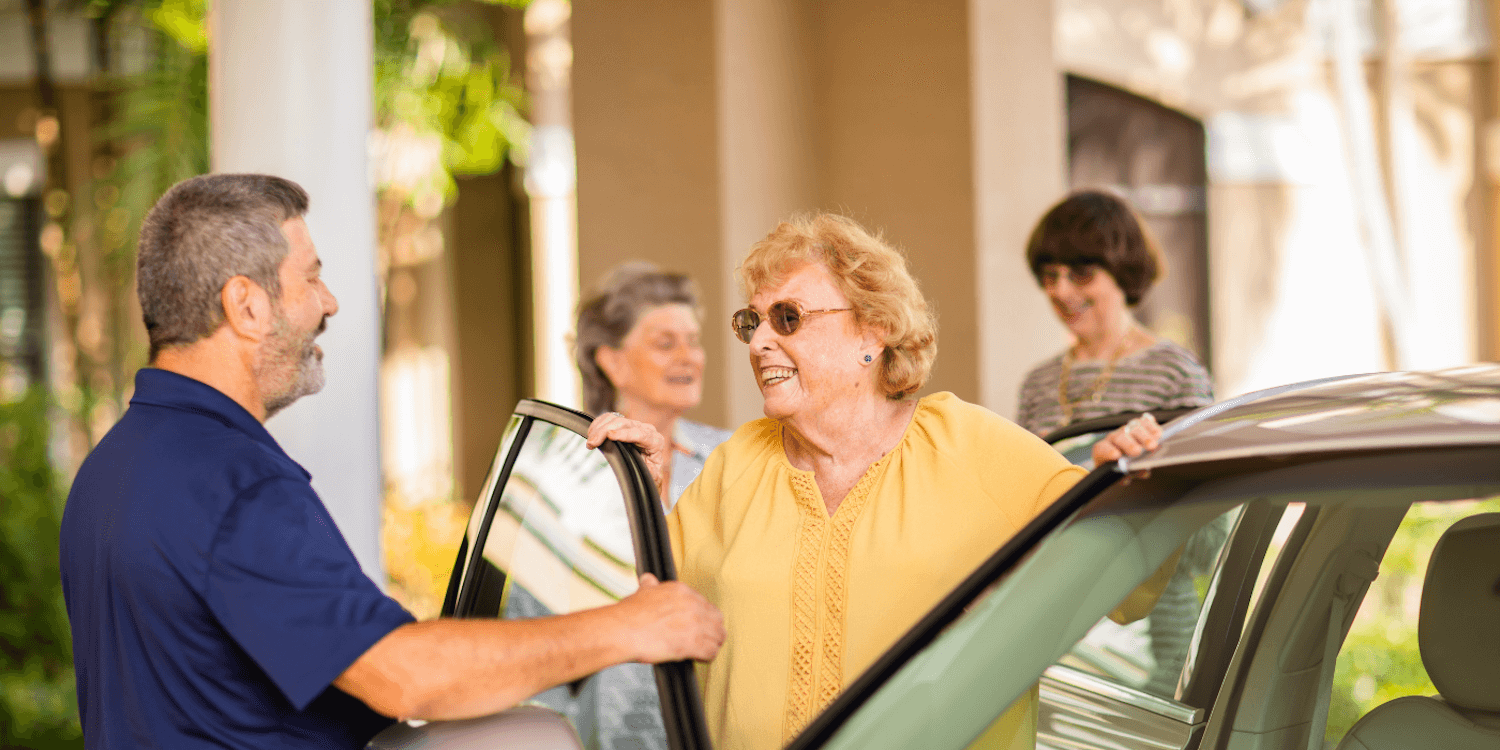
Staying Connected with Your Parent Living in a Senior Community
It's crucial to make a solid plan on how you’ll stay connected with your family member in a senior living community.
Get Tips for Staying Connected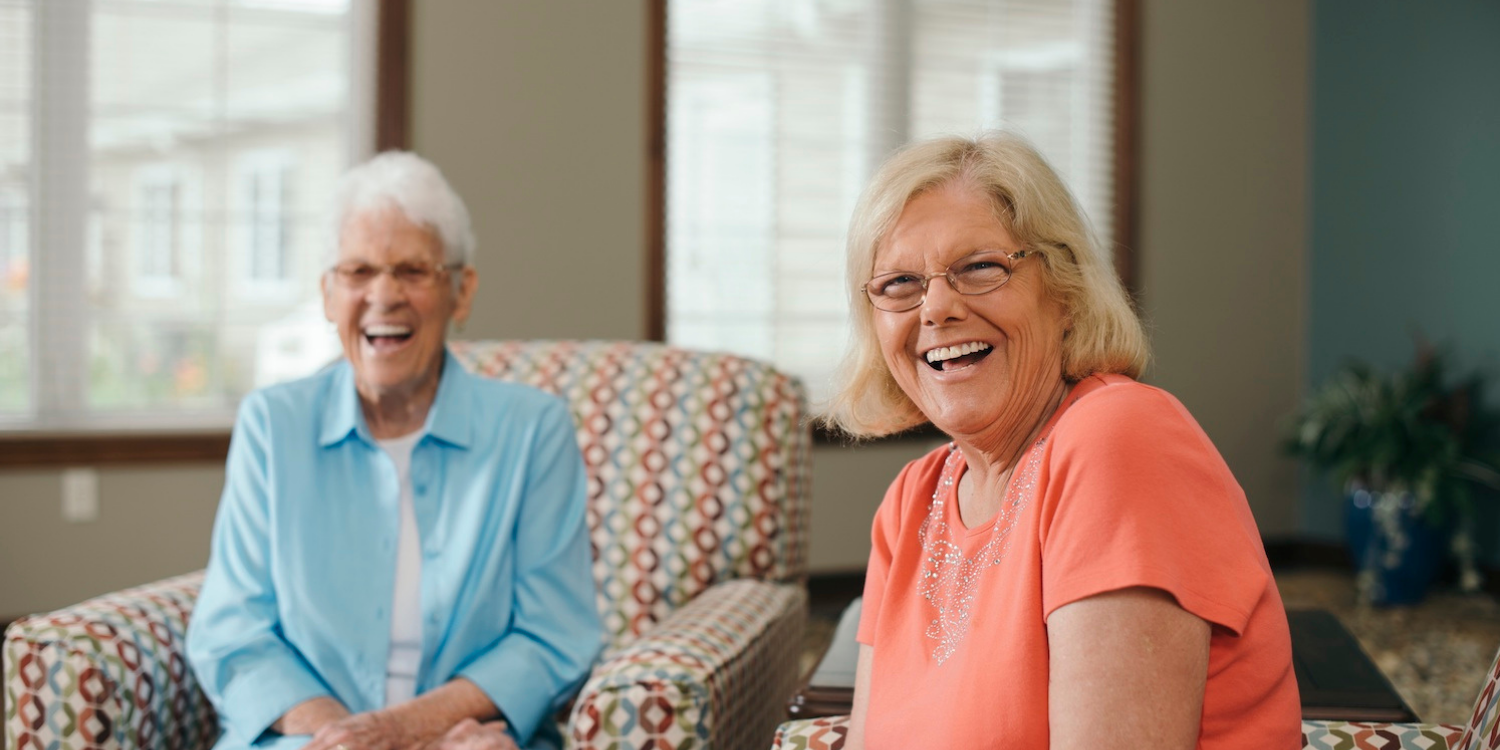
How to Transition From a Home to a Senior Living Community
A senior living transition, or moving to a new senior living community, is exciting, but it can also be stressful.
Learn the Steps to Be Successful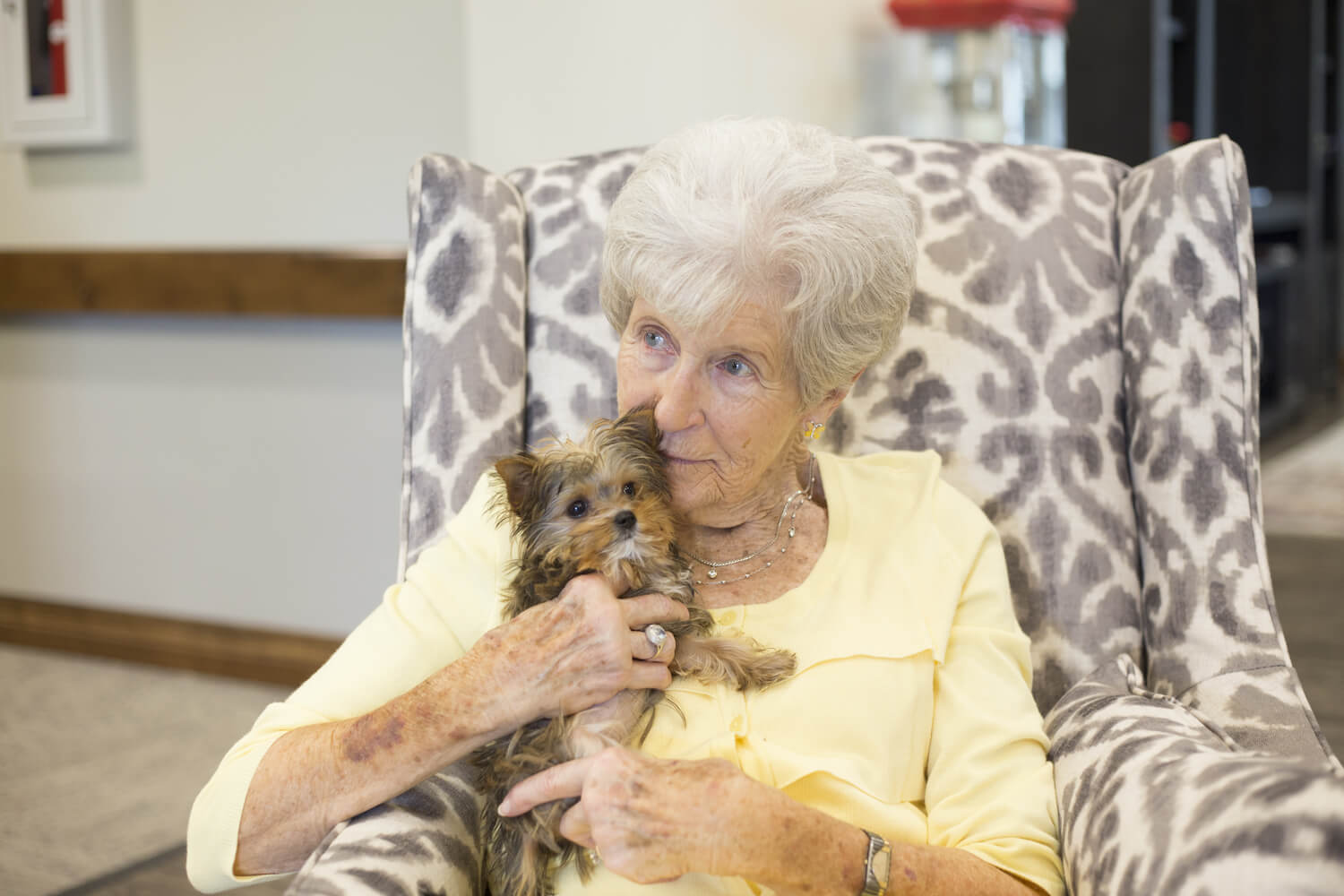
6. Is Your Family Member Isolated or Lonely?
There are plenty of seniors who enjoy living at home quietly and are fine with reduced social activities—or are still great at creating new social connections. But that’s not always the case.
If you’re worried that your family member is suffering from isolation or loneliness, there are questions you can ask to get your answer.
Questions to Ask Yourself
- Have phone calls increased or decreased? Any change in call frequency could be a sign that isolation is causing loneliness.
- Have they recently moved? Downsizing from the family home into a smaller dwelling in a new neighborhood can be isolating and make your family member feel they’re without a community.
- Have they recently lost a spouse or another close relative or friend? Grief is an unpredictable process that can exacerbate depression and cause someone to self-isolate at a stage when they need people the most.
- Did they stop driving? Even if you’re glad they’re not driving due to safety reasons, the loss of independence can make a senior feel isolated. They don’t want to have to call you every time they want to leave the house.
- Are they eating like they always have? A lack of appetite is one of the most obvious signs of loneliness.
- Have they become a shopaholic? Being at home alone with a smartphone, tablet, or computer makes filling the loneliness void with “stuff” a lot easier. If you’re noticing lots of new purchases or seeing an increase in brown boxes, it could be a sign of loneliness.
These are just a few questions to help you gauge just how isolated family member may be feeling. These questions could help confirm what your gut is telling you and prompt you to take steps to ensure they feel connected again.
Explore Related Resources
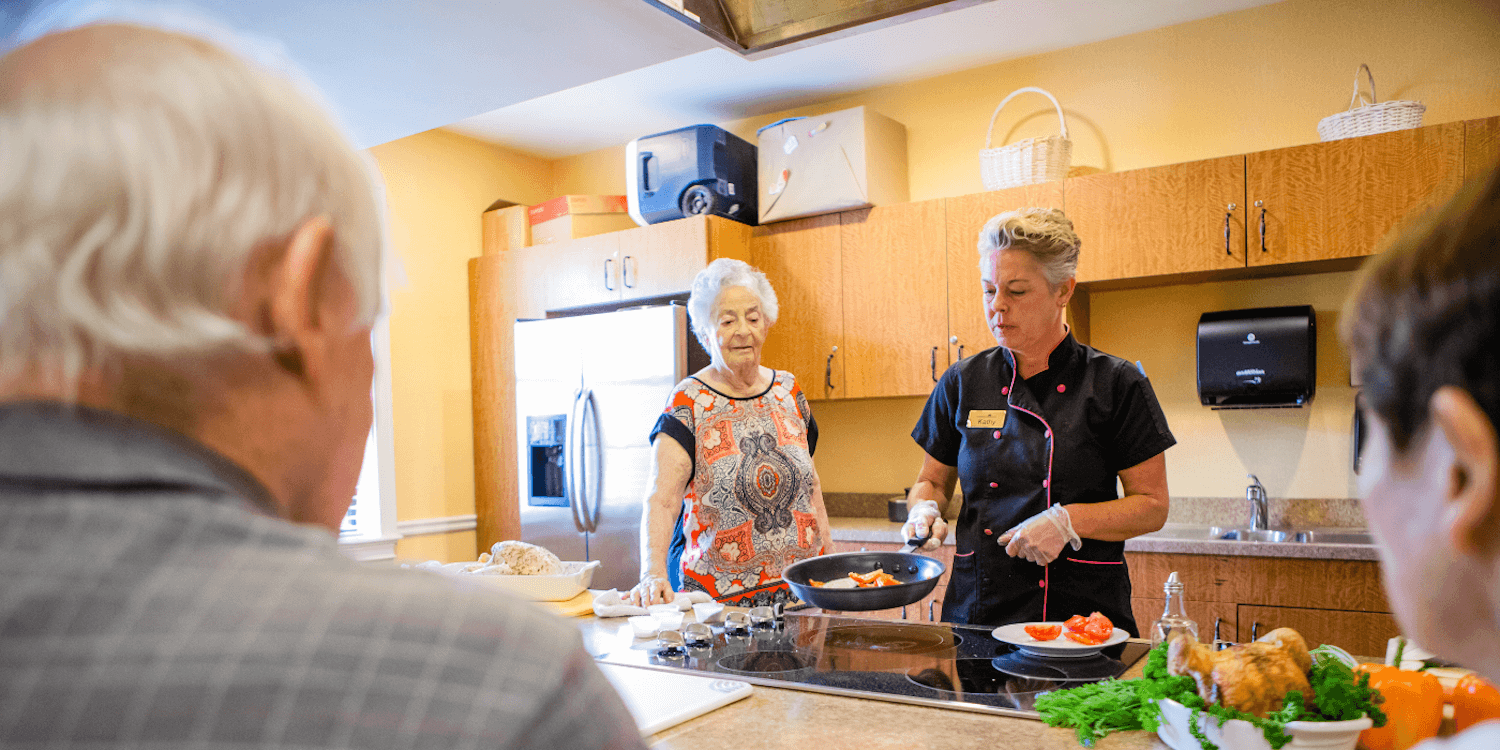
Recognizing When Your Elderly Parent Needs Company: Action Steps
Worried about whether your aging parent is really doing OK living at home alone?
Learn the Signs and Steps to Take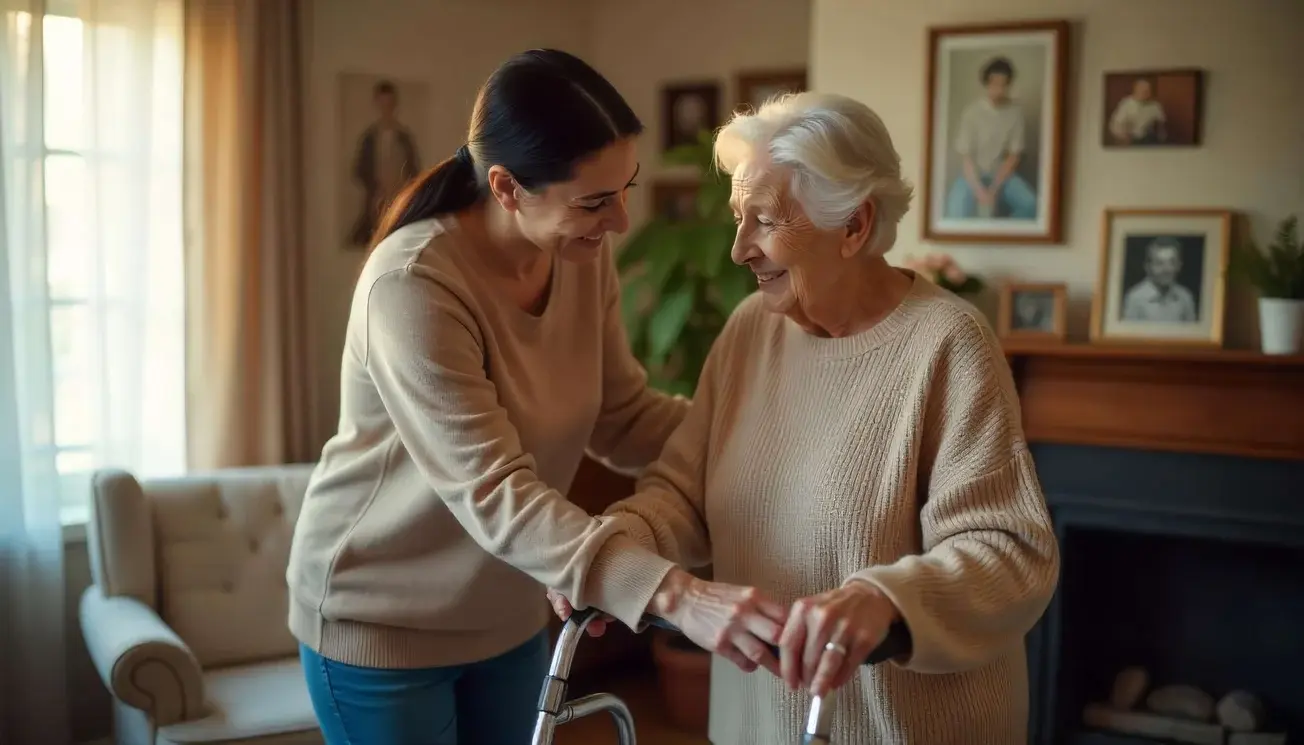
What Is Assisted Living? A Simple Guide for Families
Before you can make an informed decision about assisted living, you need to understand what it entails, what services it provides, and how to determine whether it’s the right fit.
Get the Guide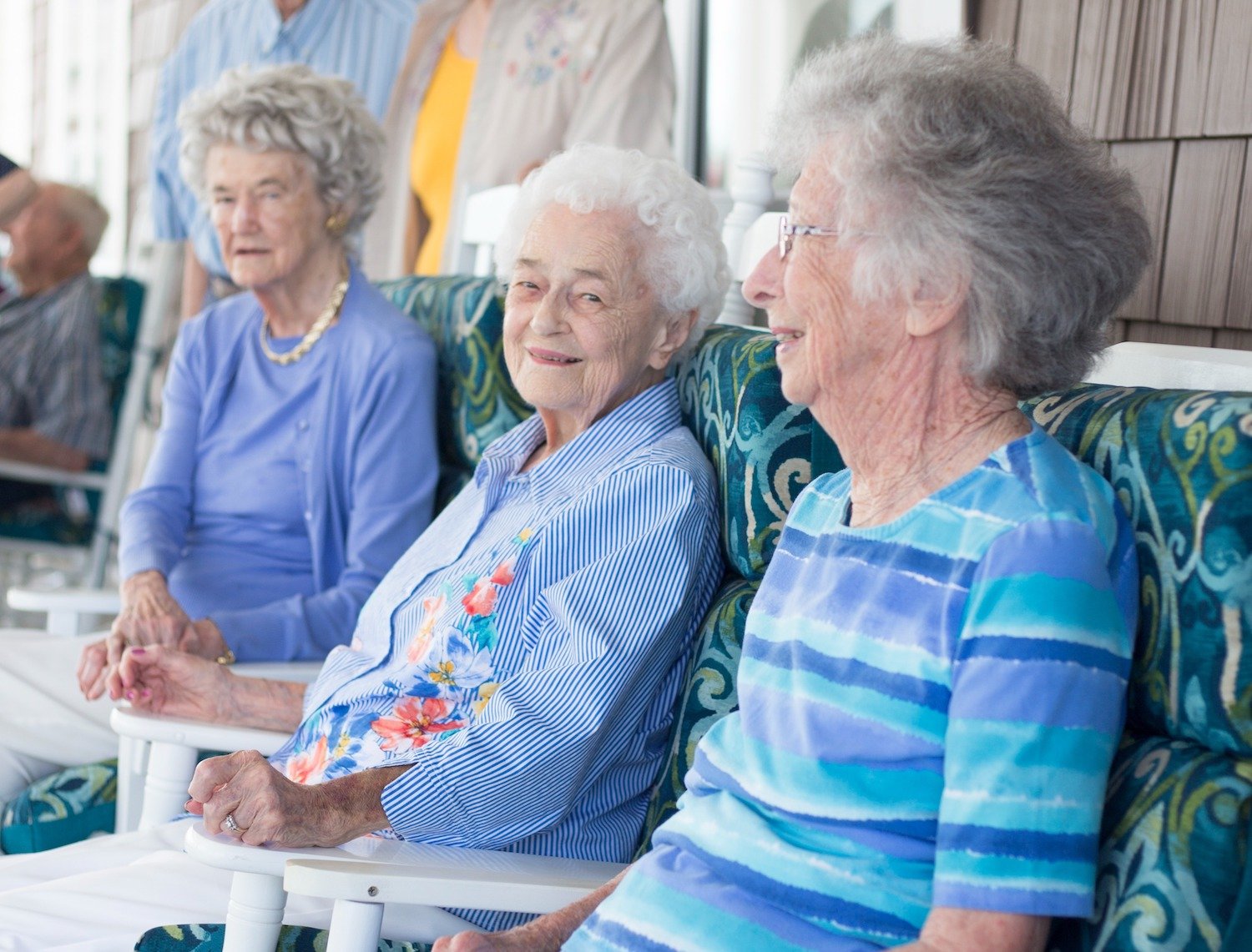
7. Finding Social Connection at Cedarhurst Senior Living
The thing is, loneliness is normal. As detrimental as it can be to someone’s health, loneliness is a perfectly normal response to feeling isolated. It’s one thing that people of all ages have in common. But for seniors, the resources to decrease loneliness aren’t necessarily there.
That’s where Cedarhurst comes in.
Walk through the doors of a Cedarhurst community, and you’ll feel it. You’ll also see it and hear it. You might literally see our residents dancing because live music is common in our communities. You might see someone like Bob and his posse playing cards and telling inside jokes. Or maybe you see someone like Shirley with her friends, on her way to do something fabulous, living her best life.
At Cedarhurst, we just do senior living differently. We know how important making and keeping connections is, so we focus on creating communities that are welcoming for everyone, offering personalized approaches to ensure every resident has the chance to socialize and create relationships that matter to them. Find your local Cedarhurst community and call to RSVP to an upcoming virtual event. They do monthly virtual events meant to give a taste of the community from the comfort of your own home.
Explore Related Resources
.jpg)
What Makes Cedarhurst Different?
Discover what life is like at Cedahurst.
Explore Life at Cedarhurst%20(1).png)
4 Things You Wouldn't Expect in a Senior Living Community
Explore some of the hidden benefits and perks of senior living.
Discover the BenefitsFind a Community
Explore locations to view pricing, floor plans, and care options near you.